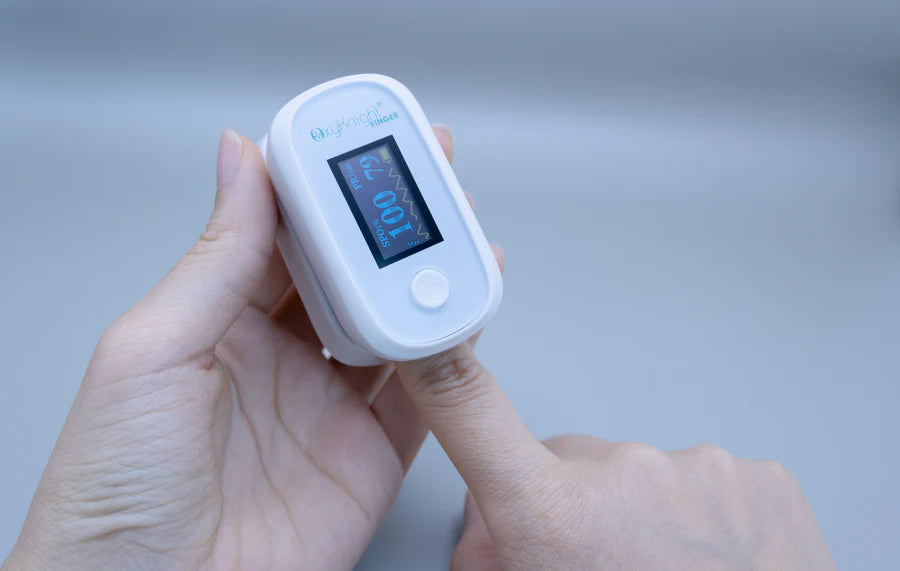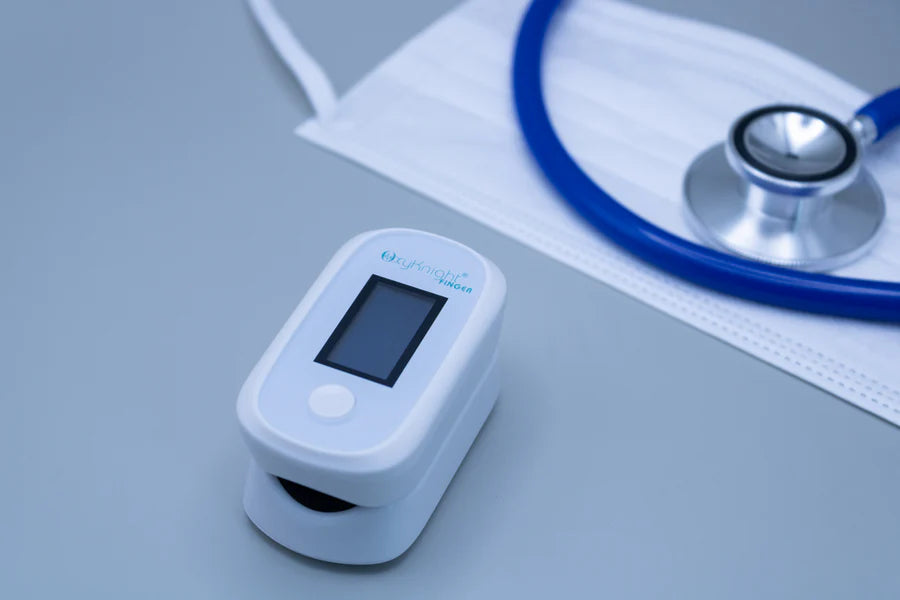What is ODI? | CMI Health

What is ODI?
SpO2 (blood-oxygen saturation) is the measure of oxygen in your blood. Oxygen Desaturation Index, otherwise known as ODI, is the measure of insufficient blood oxygen levels, specifically during sleep. To be concise, low oxygen saturation means the oxygen in your blood is lower than it should be (verywellhealth, 2021).
The actual measurement is given by the number of times per hour of sleep that your oxygen levels fall below your specific healthy threshold (verywellhealth, 2021). When a drop in blood-oxygen levels occurs, you are experiencing what is known as a desaturation.
“Blood arterial oxygen saturation and desaturation is a measure of the oxygen percentage in the arteries, which are the blood vessels that contain the highest percentage of oxygenated blood in the body.”
- Brandon Peters, MD (2021)
Desaturations are medically important because they are often associated with respiratory or cardiac illnesses. Those who endure a high number of desaturations are often found to be experiencing complications related to sleep apnea, COPD, Heart disease, Lung cancer, and a variety of other chronic or acute health complications. Because ODI can be an indicator of such conditions, it is an important measurement to track, especially for those who have been diagnosed with such diseases. Monitoring your ODI can be done noninvasively and from the comfort of home with a pulse oximeter.
How does ODI relate to sleep?
ODI is one of the main measurements tracked during sleep apnea studies, as it is affected by several aspects of breathing. These include the rate at which you breath (respiratory rate), shallow breathing episodes (hypopnea), and incidents of paused breathing (apnea) (verywellhealth, 2021). By monitoring ODI, physicians can gain a better understanding of the user’s overall lung function. For those who suffer from mild or severe sleep apnea, an at-home continuous use pulse oximeter can alert the user or a family member to dangerous drops in blood-oxygen (SpO2) levels that may occur during sleep cycles.
Though ODI cannot be used to diagnose an individual, it can provide supplementary information to physicians who can give further insight into the user’s health condition.
Possible health consequences of low ODI
Repeated episodes of oxygen desaturation events can lead to more serious health issues, including hypoxia and hypoxemia. Hypoxia and hypoxemia are two conditions that are developed by individuals who don’t get enough oxygen within their bodies to sustain normal functioning. Hypoxemia (low oxygen in the blood) and hypoxia (low oxygen in the tissues) can cause the body to break down, and, in severe cases, even lead to brain damage. For more information on hypoxia and hypoxemia, check out our blog post here!
CMI Health offers medical grade pulse oximeters capable of measuring such health parameters for users of all ages. If you have any questions or concerns regarding our devices or any of the information above, please feel free to contact us at info@cmihealth.com.



































Leave a comment